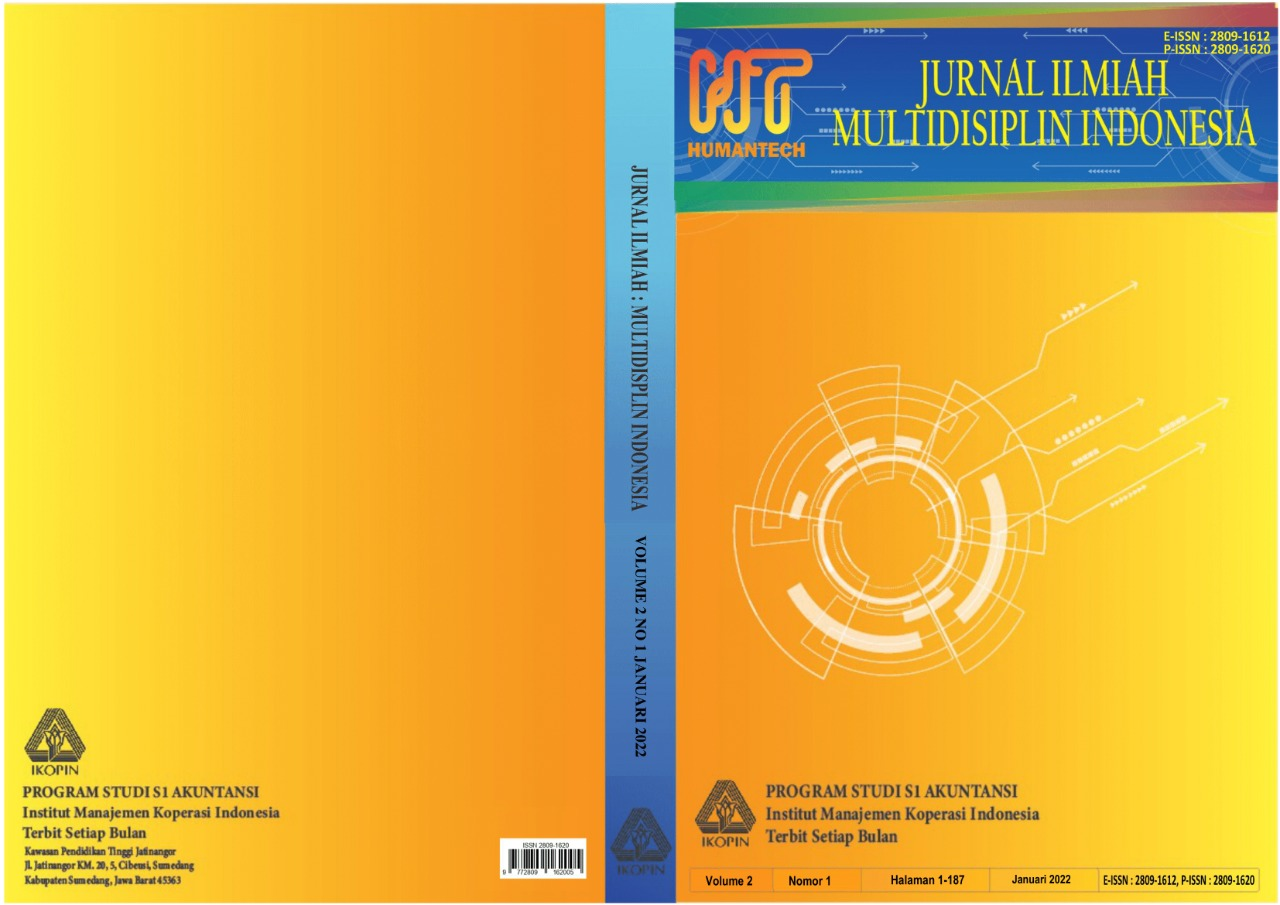Review Artikel: Aktivitas Antiulcer Dari Tanaman Famili Zingiberaceae
Main Article Content
Abstract
Peptic ulcer is commonly known as gastrointestinal disease due to disturbance of
normal equilibrium caused by an increase or decrease in mucosal ulceration resistance.
The main risk factors for peptic ulcers are Helicobacter pylori infection and the use of
non-steroidal anti-inflammatory drugs (NSAIDs). Prevention or treatment of peptic
ulcers can be done by using medicinal plants that have an antiulcer effect. One of the
plant families that has great potential to be used as medicine is the Zingiberaceae
family, which has a gastroprotective effect. This review article was compiled with the
aim of determining plants with antiulcer potential from the Zingiberaceae family.
Literature study was conducted on national and international journals related to
Zingiberaceae family plants that have antiulcer activity, published in the last 10 years.
Referring to the results of the literature study, 8 plants of the Zingiberaceae family were
successfully identified as having potential as antiulcer, including Zingiber Officinale
plants with the active compound of 6-gingesulfonic acid; Zingiber cassumunar with the
active compounds of alkaloids, flavonoids, saponins, tannins, quinones, and steroids;
Curcuma xanthorrhiza with the active compound of curcuminoid; Curcuma longa with the active compound of curcumin; Alpinia galang with the active compound of 1’acetoxy
chavicol acetate, flavonoids and saponins; Kaempferia galanga with the active
compound of p-methoxy cinnamic acid; Aframomum melegueta with the active
compound of 6-Paradol; and Elettaria Cardamomum with the active compound of αphellandrene.
Article Details
References
Haile, M., & Kang, W. H. (2020). Antioxidant properties of fermented green coffee beans
with Wickerhamomyces anomalus (Strain KNU18Y3). Fermentation, 6(1), 18.
Novi Fajar Utami, Nhadira Nhestricia, Sri Maryanti, Tien Tisya, S. M. (2018) ‘West Java,
Indonesia *’, 8(1), pp. 67–72.
Farhaty, N., & Muchtaridi, M. (2016). Tinjauan kimia dan aspek farmakologi senyawa
asam klorogenat pada biji kopi. Farmaka, 14(1), 214-227.
Husniati, H., Sari, M. Y., & Sari, A. (2021). Kajian: karakterisasi senyawa aktif asam
klorogenat dalam kopi robusta sebagai antioksidan. Majalah TEGI, 12(2), 34-39.
Sari, M. Y., Suhartati, T., & Husniati, H. (2019). Analisis senyawa asam klorogenat dalam
biji kopi robusta (coffea canephora) menggunakan HPLC. Analit: Analytical and
Environmental Chemistry, 4(2), 86-93.
Handayani, R., & Muchlis, F. (2021). Manfaat asam klorogenat dari biji kopi (coffea)
sebagai bahan baku kosmetik. Fitofarmaka: Jurnal Ilmiah Farmasi, 11(1), 43-5.
Dewajanti, A. M. (2019). Peranan asam klorogenat tanaman kopi terhadap penurunan
kadar asam urat dan beban oksidatif. Jurnal Kedokteran Meditek, 25(1), 46-51.
Hečimović, I., Belščak-Cvitanović, A., Horžić, D., & Komes, D. (2011). Comparative
study of polyphenols and caffeine in different coffee varieties affected by the degree
of roasting. Food chemistry, 129(3), 991-1000.
Tsai, C. F., & Jioe, I. P. J. (2021). The analysis of chlorogenic acid and caffeine content
and its correlation with coffee bean color under different roasting degree and
sources of coffee (coffea arabica typica). Processes, 9(11), 2040.
Narko, T., Wibowo, M. S., Damayanti, S., & Wibowo, I. (2020). Effect of kombucha
culture on caffeine and chlorogenic acid content in fermentation of robusta green
coffee beans (Coffea canephora L.). receptor, 13(2), 1181-1186.
da Silveira, J. S., Durand, N., Lacour, S., Belleville, M. P., Perez, A., Loiseau, G., &
Dornier, M. (2019). Solid-state fermentation as a sustainable method for coffee pulp
treatment and production of an extract rich in chlorogenic acids. Food and
Bioproducts Processing, 115, 175-184.
Mills, C. E., Oruna-Concha, M. J., Mottram, D. S., Gibson, G. R., & Spencer, J. P. (2013).
The effect of processing on chlorogenic acid content of commercially available
coffee. Food Chemistry, 141(4), 3335-3340.
Purwoko, T., Suranto, S., Setyaningsih, R., & Marliyana, S. D. (2022). Chlorogenic acid
and caffeine content of fermented robusta bean. Biodiversitas Journal of Biological
Diversity, 23(2).

